Lady Carnarvon's Blog
- Christmas
- Community
- Dogs & Horses
- Egypt & Tutankhamun
- Entertaining
- Farm
- Filming
- Gardens
- History & Heritage
- Daily Life
- Royalty
- Cooking
- Interiors
- Heroes
- Architecture
- Cars
- Conservation
- Downton Abbey
- Events
- Gardens & Landscape
- Highclere Castle Gin
- History
- Planes
- Restoration
- Stories & Books
- Uncategorized
- Visitors
- Wildlife
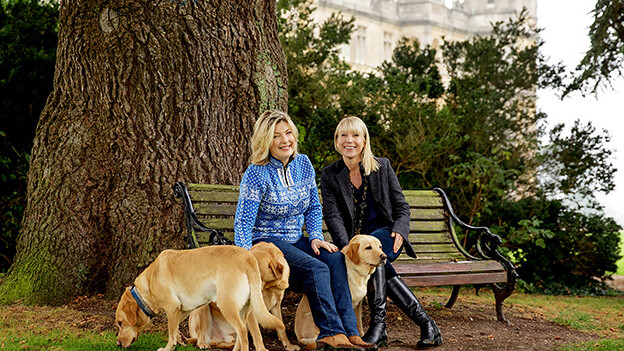
Monday, 12 January, 2026
A New Era
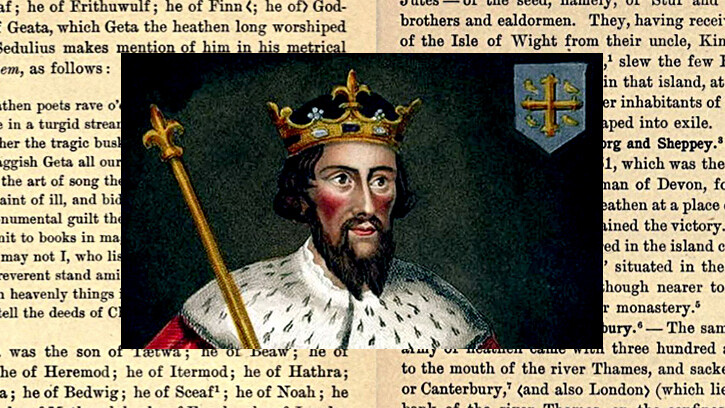
Monday, 5 January, 2026
Greatness
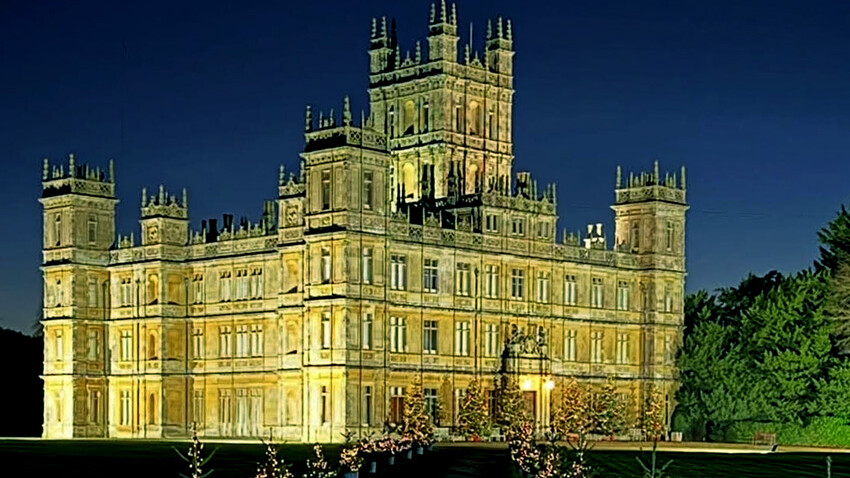
Monday, 29 December, 2025
Charles Dickens
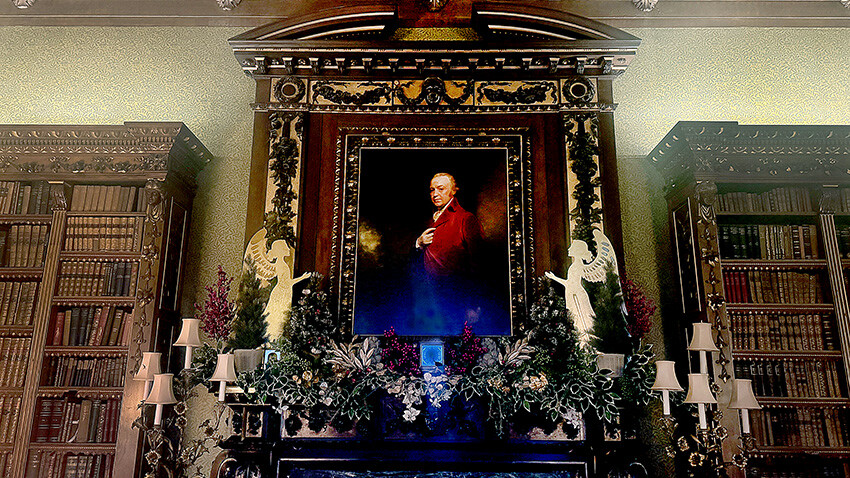
Monday, 22 December, 2025
Heavenly Guardians
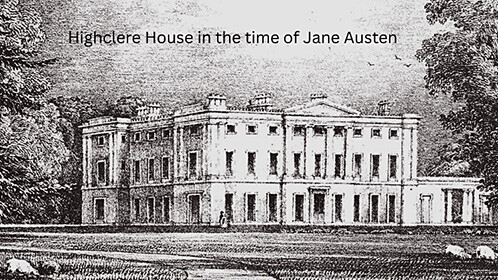
Monday, 15 December, 2025
For the Love of Jane

Monday, 8 December, 2025
Secrets and Stories
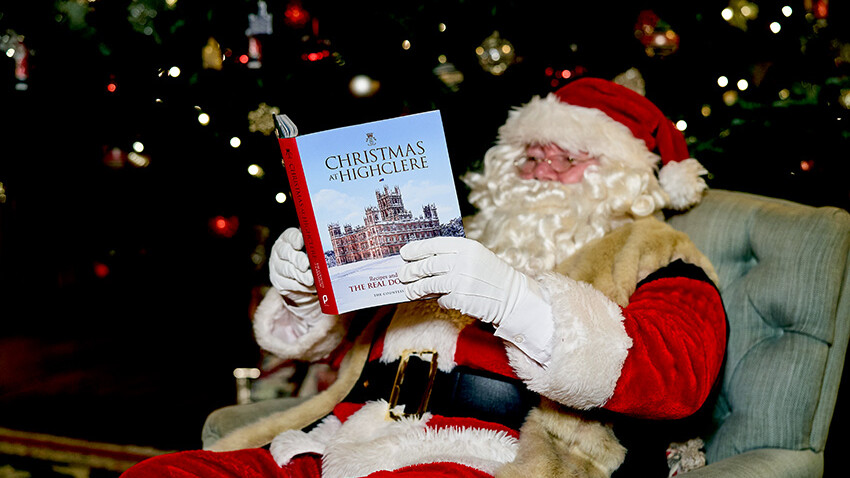
Monday, 1 December, 2025
Countdown to Christmas
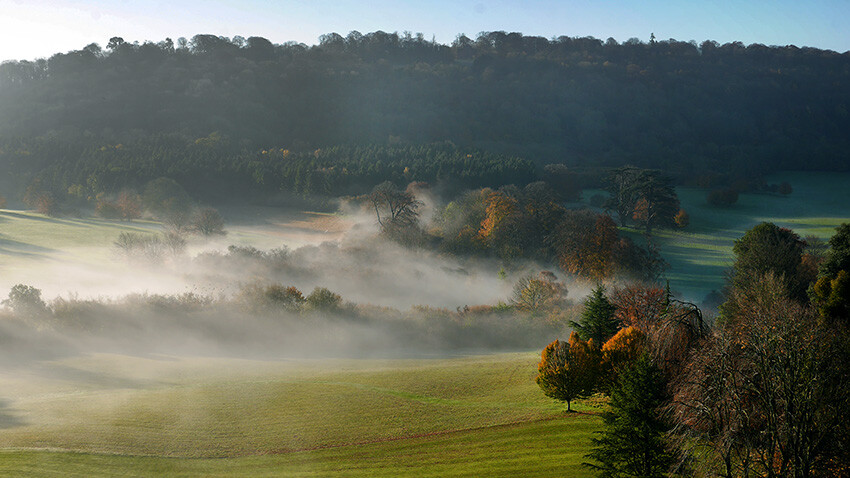
Monday, 24 November, 2025
Giving Thanks
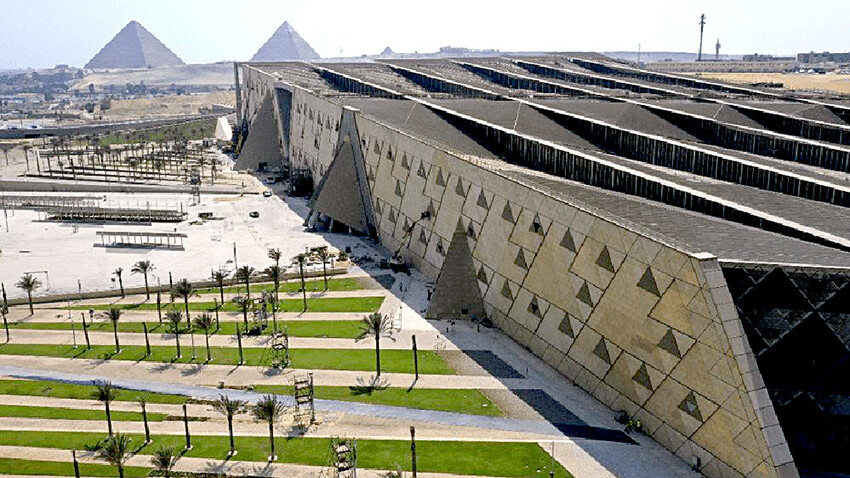
Monday, 17 November, 2025
The G.E.M.




























